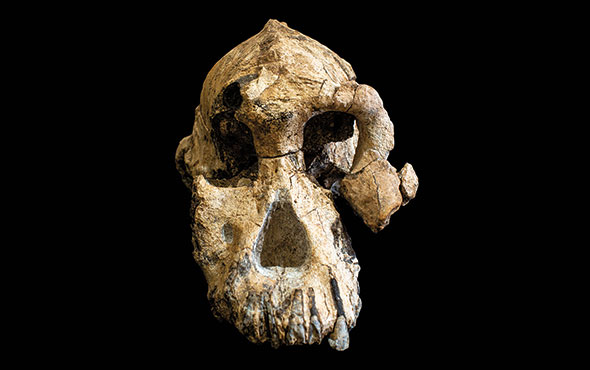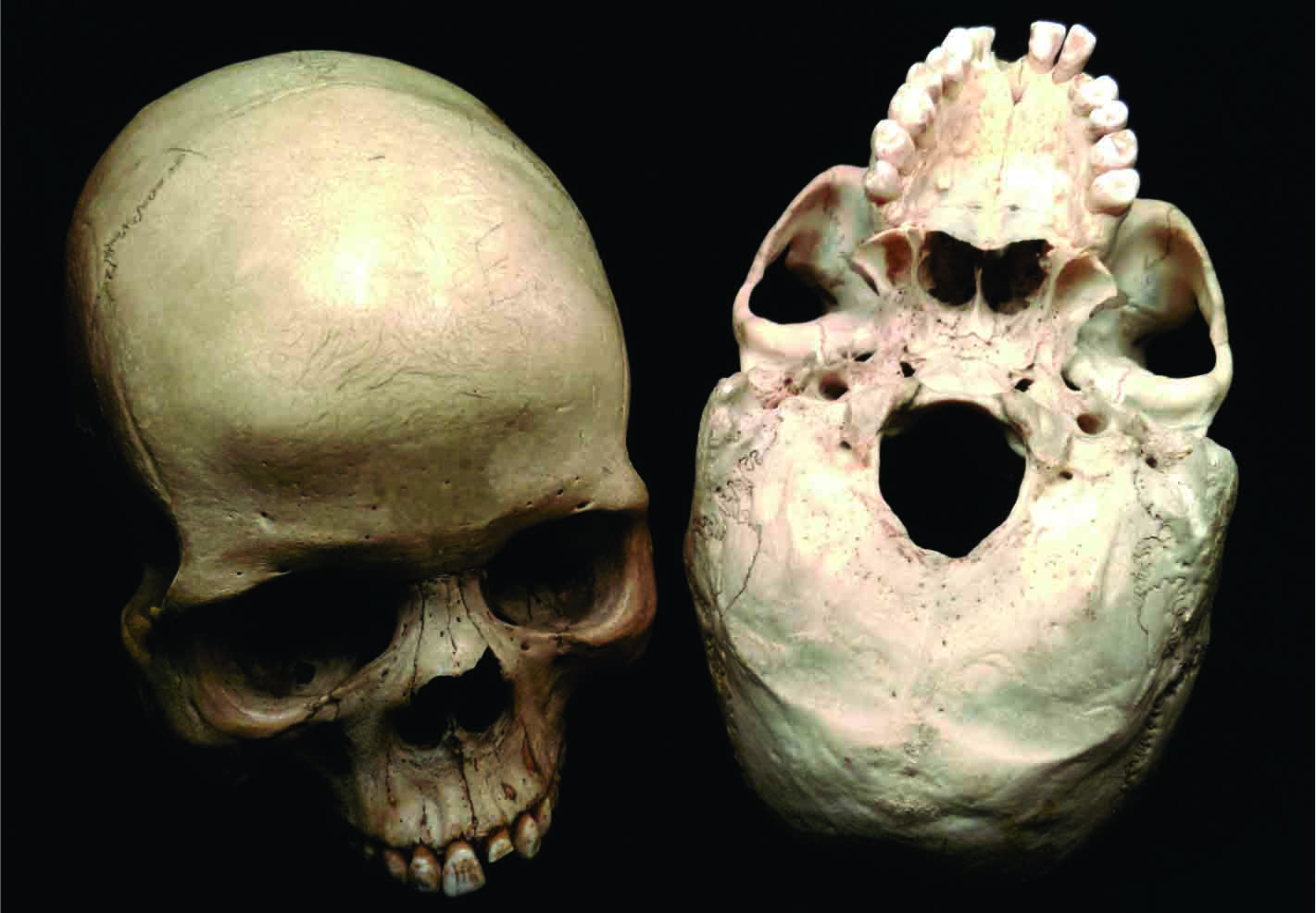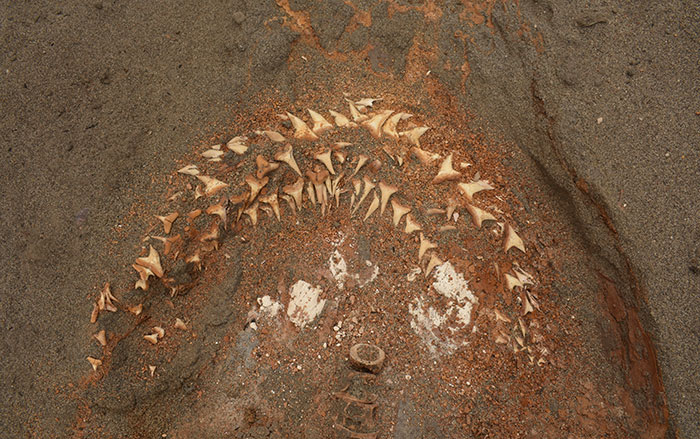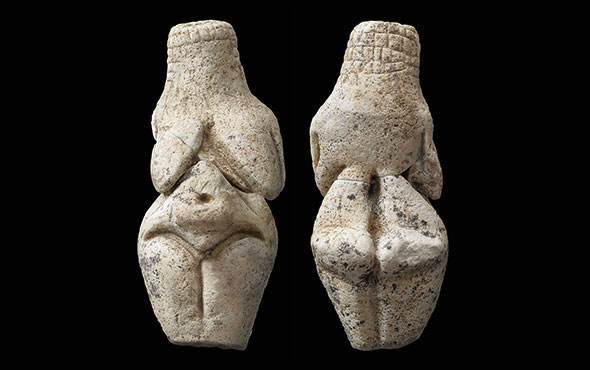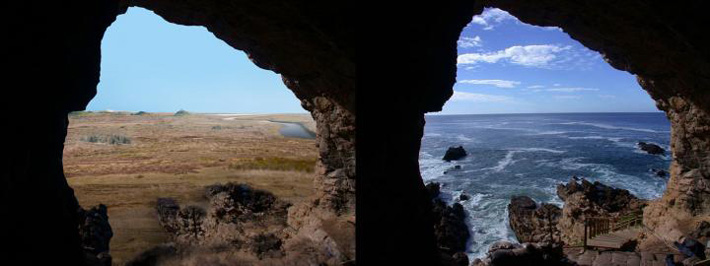
RIVERSIDE, CALIFORNIA—According to a statement released by the University of California, Riverside, biogeographer Janet Franklin and her international team of colleagues investigated the possible ecology of a land area the size of Ireland known as the Paleo-Agulhas Plain, which was submerged off the southern tip of Africa by rising sea levels some 11,500 years ago. The researchers examined modern vegetation patterns found along what is now Africa’s southern coast to develop models of the types of soil, climate, and fire patterns in the Paleo-Agulhas Plain during the Pleistocene. Franklin said that during the last Ice Age, the region offered early modern humans grasslands, floodplains, woodlands, and wetlands teeming with a wide array of plants, animals, and coastal resources. Thus, the rugged cliff caves that are now situated along the coast of South Africa, where some of the oldest anatomically modern human bones and artifacts have been found, were situated along the western edge of the lush plain where early modern humans once lived. To read about early stone tools discovered in South Africa, go to "The First Spears."



